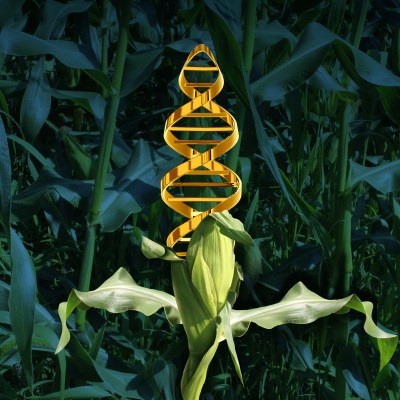What does the future of food look like? Former Vice President Al Gore and 40 entrepreneurs and CEOs in the food industry recently convened in London to try to answer just that.
The topics of conversation ran the gamut, from lab-grown leather and plant-based milk, to using genome sequencing to test for food safety, to the decentralization of food.
These topics are set against the backdrop of the stunning magnitude of the many problems we face: the economies of scale that emphasize quantity over quality, a single-minded focus on the bottom line, the use of technology to obscure and de-humanize (rather than to connect and share) and an ignorance-is-bliss approach to our environmental impact.
Nevertheless, five key realizations indicate how far we have come and how much further we can go:
The U.S. will champion innovation. After years of experiencing first-hand the ills of an industrial food system — environmental degradation and the obesity epidemic, to name a few — entrepreneurs in the U.S. will essentially be forced to be the first responders to a seemingly insurmountable challenge.
There is no question that the innovation we’ll see in the coming years will dramatically outpace anything we’ve seen to date.
And it won’t just be the traditional food guys; people with backgrounds in software, hardware or environmental sciences will be the ones to step up and hack brand new solutions to our problems. Bonus: Those who founded mission-driven startups will find they have an easier job of attracting the best and brightest as employees look for more meaningful work.
We’ll look to the genome for safer food. Big companies and small farms both face a key issue that comes with a global food industry: maintaining food safety standards. Enter some seriously high-tech solutions, including a scenario where small samples are extracted from food items in order to examine their genome, thereby ensuring 100 percent safety. In a world where olive oil isn’t always olive oil and one type of fish is being sold as another, it could be an invaluable safety net.
Your preferences will shape the food industry. Businesses of all sorts are beginning to use data in a whole new way, tailoring content and experiences to the individual. As personal preferences become paramount, companies will become obsessed with giving us exactly what we want, when we want it.
Manufacturers — including food retail — will transition away from a push distribution system toward the pull model that the service industry has long taken advantage of. Food will be pulled just-in-time to meet demand (fresher food), less inventory will be needed (cheaper food) and decentralized, distributed delivery models will decrease the time it takes perishable food to get to market (less food waste).
E-commerce will remake the food chain. Online retailers are already beginning to provide consumers with more transparency, and the food industry is next. Pulling back the curtain on ingredients, provenance and practices will encourage more responsibility and accountability along the entire supply chain.
In the pursuit of growth and economies of scale, we often see a loss of quality and transparency. However, by tapping into decentralized, local communities, businesses can scale with more efficiency (smaller, more nimble, more personalized locations versus one large behemoth) and provide the customer with a better experience — like, say, Airbnb.
Plus, as hard as it may be to believe, when consumer preferences finally tilt the scales toward quality, it’s not unrealistic to expect slow, but gradual changes in government policy to follow. Relatively minor amendments to the outdated regulations, illogical farm bills and subsidies that dictate our current policy (in favor of the major food lobbies) could have a huge impact on the future of food.
Plants, finally, step into the spotlight. More and more of us are becoming conscious of the high cost of raising livestock, on both the environment and our health. The geographic line-in-the-sand between areas of food production and food consumption will shrink, and the focus will switch from animals to plants as technological advances give us the ability to create healthy, nutritious and flavorful meat alternatives.
Once futuristic greenhouse technologies — hydroponics, aeroponics, and aquaponics — are already commonplace and being used the world over to create efficient, clean and healthy sources of food in our cities.
At the end of the day, there is no question that the innovation we’ll see in the coming years will dramatically outpace anything we’ve seen to date, just as the last few years have seen rapid advances over the past decade.
Our food industry is in crisis; the problems we’re facing need to be resolved, and fast. Is everything being worked on right now going to fix them all, or even work? Definitely not. Was the conversation an important, inspiring and huge first step toward getting there? Absolutely.
